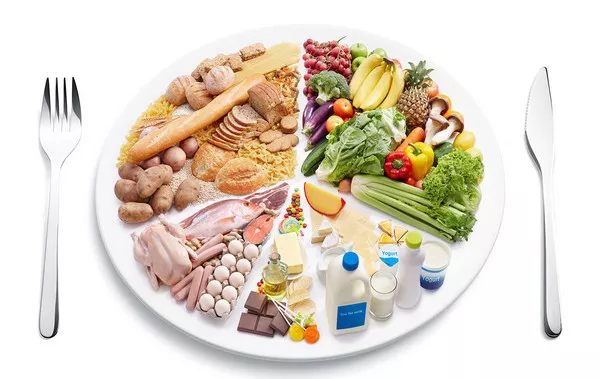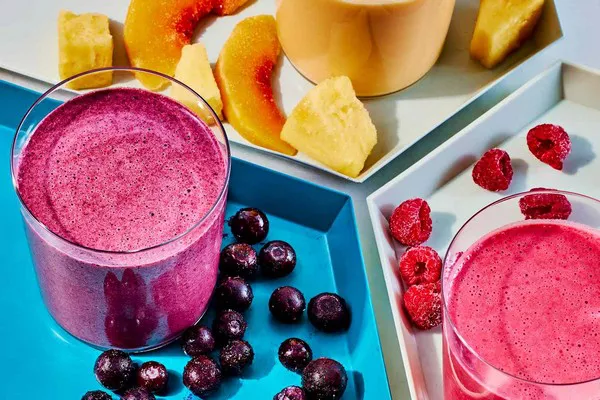In the realm of weight loss, breakfast often takes center stage as a pivotal component of a successful regimen. The old adage, “Breakfast is the most important meal of the day,” still holds true, especially when it comes to shedding unwanted pounds. However, not all breakfasts are created equal, and navigating the myriad of options can be daunting. In this comprehensive guide, we’ll delve into the science behind breakfast and unveil the key components of a good breakfast that can aid in your weight loss journey.
Understanding the Importance of Breakfast in Weight Loss
Before delving into the specifics of what constitutes a good breakfast for weight loss, it’s essential to understand why breakfast plays such a crucial role in the process. Breakfast literally means “breaking the fast” that occurs overnight while you sleep. After hours of fasting, your body’s metabolism slows down, and blood sugar levels drop. By eating breakfast, you kickstart your metabolism, replenish energy stores, and stabilize blood sugar levels, setting the stage for improved weight management throughout the day.
Research consistently demonstrates that individuals who consume breakfast tend to have better weight management outcomes compared to those who skip it. A study published in the American Journal of Clinical Nutrition found that breakfast consumption was associated with a lower body mass index (BMI) and reduced risk of obesity. Moreover, eating a nutritious breakfast has been linked to increased satiety, improved concentration, and better overall dietary quality.
The Characteristics of a Good Breakfast for Weight Loss
Not all breakfasts are created equal when it comes to supporting weight loss goals. A good breakfast for weight loss should possess several key characteristics:
1. High in Protein: Protein is renowned for its ability to promote satiety and prevent overeating throughout the day. Incorporating protein-rich foods into your breakfast can help control hunger cravings and reduce calorie intake later in the day. Opt for sources such as eggs, Greek yogurt, cottage cheese, tofu, or protein-rich smoothies.
2. Rich in Fiber: Fiber adds bulk to your meal, promoting feelings of fullness and aiding digestion. Foods high in fiber also have a lower energy density, meaning they provide fewer calories per gram, making them ideal for weight loss. Include fiber-rich options like whole grains, fruits, vegetables, nuts, and seeds in your breakfast.
3. Balanced with Healthy Fats: While it’s important to moderate fat intake, incorporating healthy fats into your breakfast can enhance satiety and flavor while providing essential nutrients. Choose sources of unsaturated fats such as avocados, nuts, seeds, and olive oil to add richness and nutritional value to your meal.
4. Low in Added Sugars: Excessive sugar consumption can sabotage weight loss efforts by spiking blood sugar levels and promoting cravings. Avoid sugary breakfast cereals, pastries, and sweetened beverages, opting instead for whole, minimally processed foods with natural sweetness from fruits or honey.
5. Moderate in Calories: While it’s essential to fuel your body adequately in the morning, be mindful of portion sizes to avoid excessive calorie intake. Aim for a balanced breakfast that provides enough energy to sustain you until your next meal without going overboard on calories.
Sample Breakfast Ideas for Weight Loss
Now that we’ve outlined the key characteristics of a good breakfast for weight loss, let’s explore some delicious and nutritious breakfast ideas that embody these principles:
1. Spinach and Feta Omelette: Whip up a fluffy omelette filled with fresh spinach and tangy feta cheese for a protein-packed breakfast that’s bursting with flavor. Serve alongside whole grain toast and sliced tomatoes for added fiber and vitamins.
2. Greek Yogurt Parfait: Layer creamy Greek yogurt with fresh berries, crunchy granola, and a drizzle of honey for a satisfying breakfast that’s rich in protein, fiber, and antioxidants. Customize your parfait with your favorite fruits and nuts for endless flavor variations.
3. Quinoa Breakfast Bowl: Cooked quinoa makes a nutritious base for a savory breakfast bowl. Top cooked quinoa with sautéed vegetables, a poached egg, sliced avocado, and a sprinkle of feta cheese for a hearty and satisfying morning meal.
4. Chia Seed Pudding: Mix chia seeds with your choice of milk (such as almond or coconut milk) and let it sit overnight to form a thick and creamy pudding-like consistency. Stir in your favorite fruits, nuts, and a drizzle of maple syrup for a nutrient-rich breakfast that’s packed with omega-3 fatty acids and antioxidants.
5. Smoothie with Greens and Protein: Blend together a combination of leafy greens (such as spinach or kale), frozen berries, Greek yogurt, and a scoop of protein powder for a quick and convenient breakfast on-the-go. Green smoothies are an excellent way to sneak in extra servings of vegetables while providing a hefty dose of vitamins, minerals, and antioxidants.
Conclusion
In conclusion, breakfast holds immense potential as a tool for weight loss when approached mindfully and strategically. By crafting a breakfast that is high in protein, rich in fiber, balanced with healthy fats, low in added sugars, and moderate in calories, you can set yourself up for success in achieving your weight loss goals. Experiment with different breakfast options to find what works best for your taste preferences and lifestyle, and remember to listen to your body’s hunger and fullness cues. With the right breakfast choices, you can fuel your body, support your metabolism, and embark on a journey towards a healthier and happier you.
Related Topics:
What Is a Good Carb for Breakfast


























